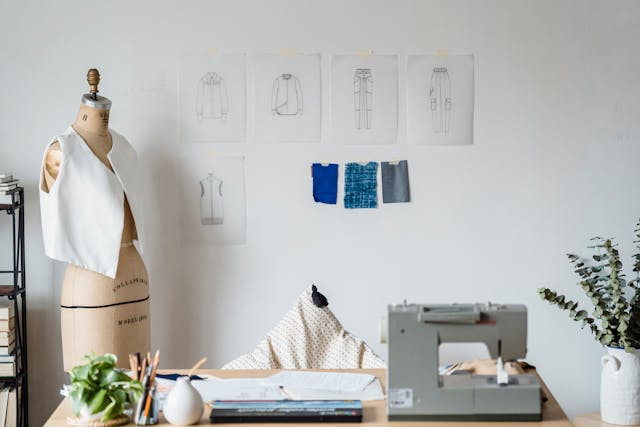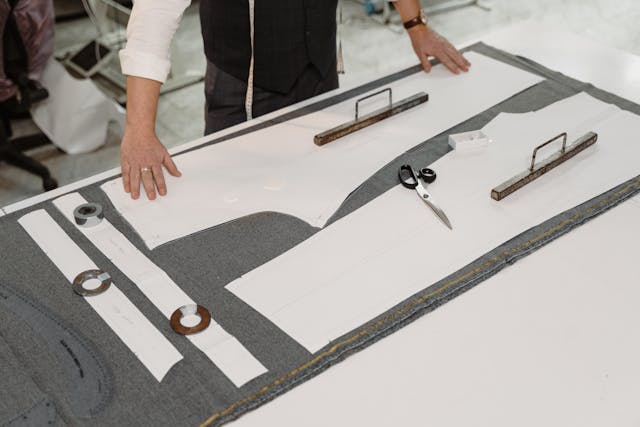Fashion Design Patternmaking Techniques: The Art of Precision

Patternmaking is a fundamental skill in fashion design, serving as the blueprint for transforming fabric into well-fitted garments. It is an essential step between concept and construction, ensuring that design ideas translate seamlessly into wearable fashion. Mastering patternmaking techniques allows designers to create unique silhouettes, enhance fit, and bring innovation to their collections. This article explores key patternmaking techniques that every fashion designer should know.
Drafting
Drafting is the foundation of patternmaking. This method involves creating patterns from body measurements and standard size charts. Using tools such as pattern paper, rulers, curve templates, and measuring tape, designers sketch precise outlines of garment pieces. Drafting includes creating basic blocks (or slopers) for bodices, skirts, pants, and sleeves, which can be modified to design different styles.
Draping
Draping is an artistic and hands-on approach to patternmaking. Fabric is pinned and manipulated directly on a dress form to shape the garment. This technique allows designers to experiment with volume, folds, and asymmetry before finalizing a pattern. Draping is particularly useful for creating avant-garde or complex designs that are difficult to draft on flat paper.
Flat Pattern Manipulation
Flat pattern manipulation involves altering a basic block to create new designs. Common techniques include:
Dart manipulation – Moving or eliminating darts to achieve different fits and styles.
Adding fullness – Introducing pleats, gathers, flares, or ruffles to enhance volume.
Slash and spread – Cutting and spreading sections of a pattern to create new shapes and design elements. This technique is ideal for transforming a basic pattern into innovative styles while maintaining structural integrity.
Computer-Aided Design (CAD) Patternmaking
With advancements in technology, digital patternmaking has become a valuable tool in the fashion industry. CAD software allows designers to create and modify patterns with precision, reducing material waste and production time. Programs such as Adobe Illustrator, Gerber AccuMark, and CLO 3D enable designers to visualize garments in 3D before cutting the fabric.

Zero-Waste Patternmaking
As sustainability becomes a priority in fashion, zero-waste patternmaking is gaining popularity. This technique involves designing patterns that maximize fabric usage, leaving little to no scraps. By carefully arranging pattern pieces within the available fabric width, designers can reduce textile waste while maintaining design aesthetics.
Seam and Construction Considerations
Patternmakers must account for seam allowances, grainlines, and notches to ensure proper garment assembly. Seam allowances provide room for stitching and finishing, while grainlines help maintain the fabric’s natural drape and stretch. Notches act as guides for aligning pattern pieces correctly during sewing.
Conclusion
Patternmaking is both a technical and creative process that bridges fashion illustration and garment production. Whether through traditional drafting, experimental draping, or digital CAD techniques, mastering patternmaking allows designers to craft innovative and well-fitted garments. As the fashion industry evolves, integrating sustainable methods like zero-waste patternmaking will further enhance creativity and responsibility in design.
Understanding and refining these patternmaking techniques can elevate a designer’s skills, ensuring their creations stand out in an ever-evolving industry.
Tags: fashion design patternmaking